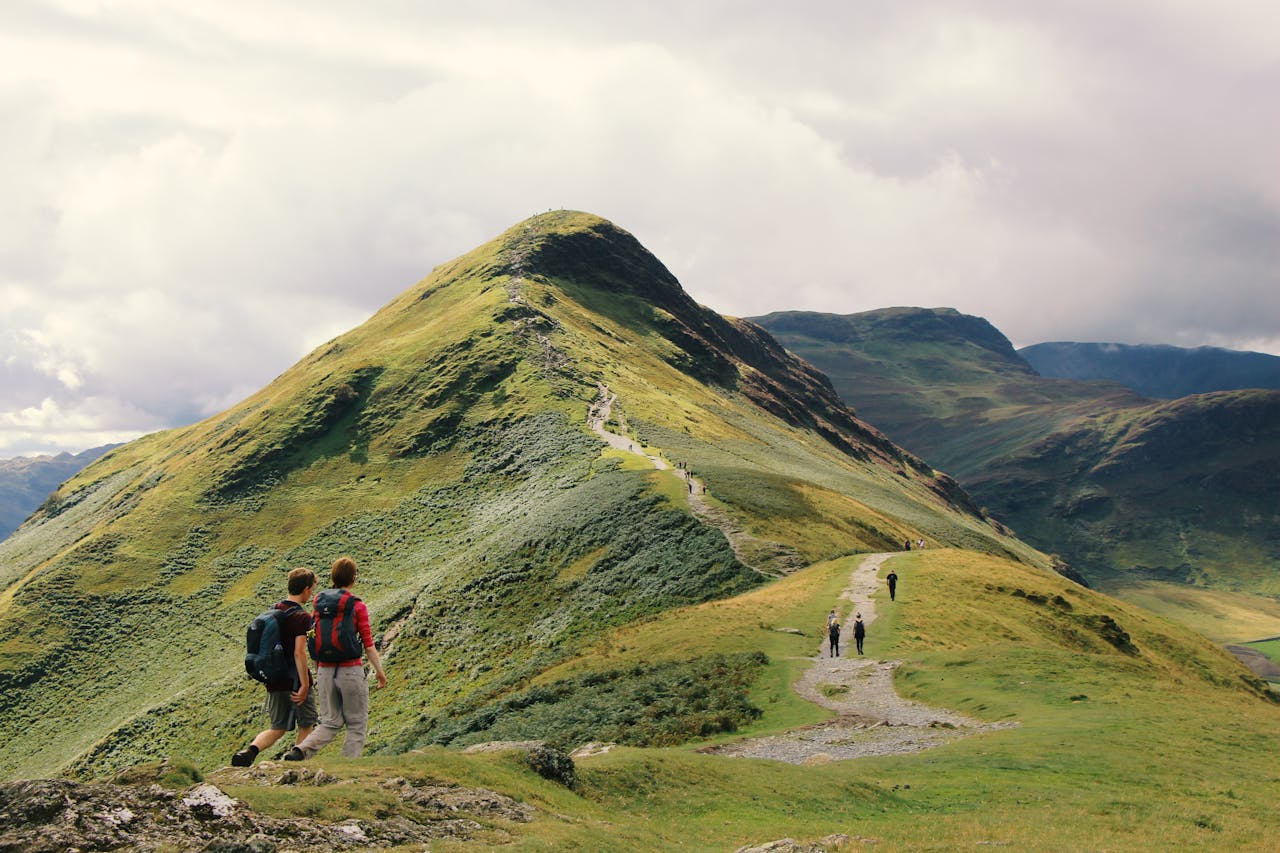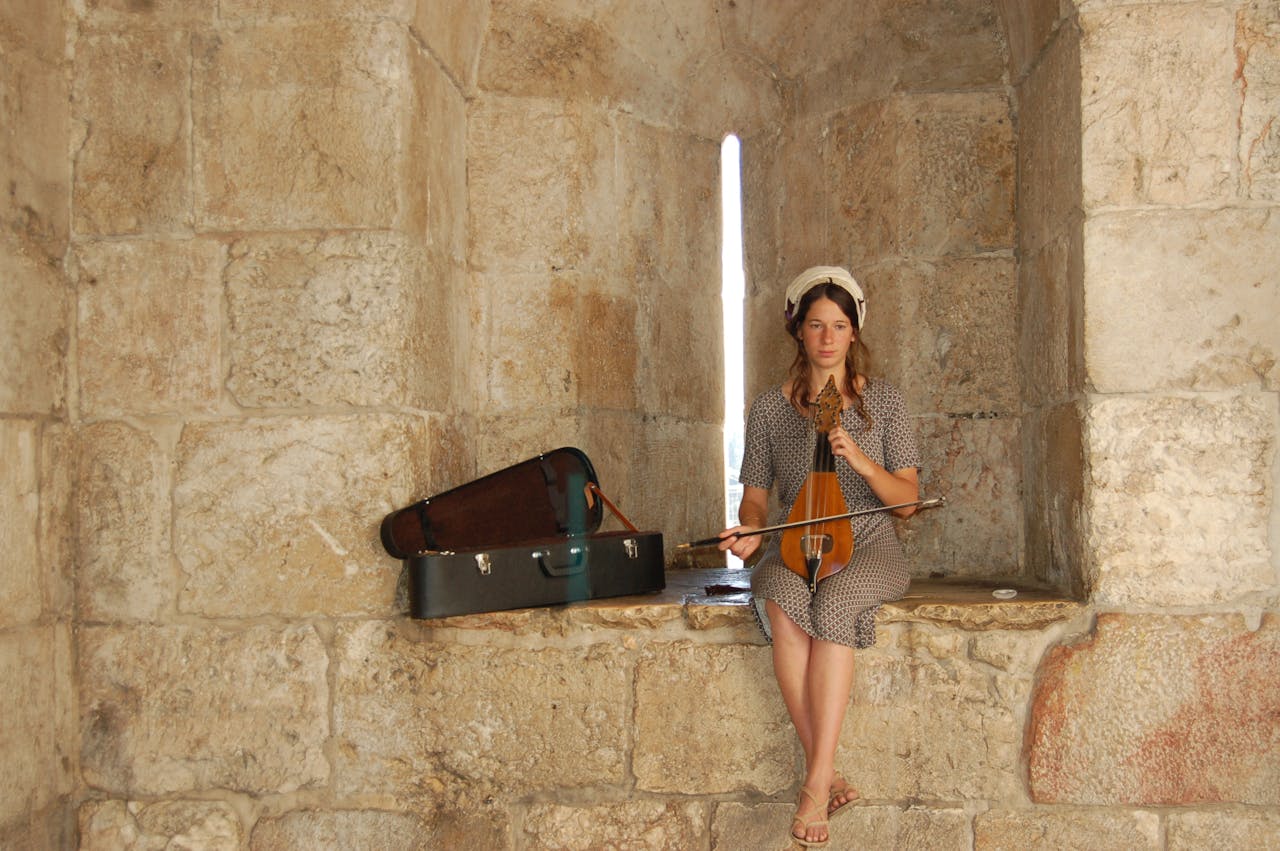Informative Timeline: Indian Tourism Industry

If you are someone who has survived the 2000s era as well as the pandemic era, you have pretty much seen it all. Jokes aside, no period has undergone such a major shift culturally in my opinion than the 2000-2025 quadricentennial. Right from the lyrics of our songs to the subjects of our majors, a significant shift can be observed throughout this timeline. And hence, to nobody’s surprise, the travel pattern and the tourism structure have also seen major developments.
THE LIMITED TRAVEL TRENDS FEW YEARS BACK
Until a few years back, people were not travelling out of the same motivations as they do today. The motivations were usually religious, leisure or work-related. However, these motivations remain more or less the same, but the pattern of travel has seen a significant variety in the past years.
Earlier, religious travel or pilgrimage visits were the primary reason for most middle-class masses to travel. Cities with famous temples, mosques, and churches used to draw many travellers and worshippers for this very reason. Often, travel agents made the most out of these mass groups visiting a religious site.
The second most popular type of travel was leisure travel, which was perhaps more suited for the upper middle class and upper classes. Quality time with family and friends was the sole motivation behind such trips, unlike novel concepts like solo travelling and individual travelling.
Another type of travel in those times was work-related travel which required people to go from one place to another because of work as the name suggests. Business trips were very famous 10-15 years back before virtual meetings and online seminars had become a common occurrence.
REGIONAL DEVELOPMENT AND CHANGING TRAVEL TRENDS
We have also observed the infrastructure was especially taken care of in recent years to make sure that the connectivity of roads and airways is not a problem for travellers wanting to arrive at famous tourist destinations. Advancements near the tourist attractions were seen in almost all regions to increase the tourist flow but the northeast region of the country has shown a recommendable growth in the number of tourist influx.
North India has attracted tourists for a long time because of its religious and scenic appeal, however, new advancements like the promotion of adventure tourism has helped the industry a lot.
Central India had fewer tourists 20 years ago, but cultural heritage has developed the appeal, and even international tourists are drawn towards some destinations.
South India had been known for temple tourism earlier, but the concepts of wellness and Ayurveda tourism made the region even popular amongst travellers.
Moving to the western part of our nation, the perfect blend of heritage and beachy attractions has made the region a favourite for tourists.
MONEY WHILE TRAVELLING A FEW YEARS BACK
In the 2000s, travelling was much more traditional and different from what we consider travelling to be now. Significant changes have been noticed in almost all the procedures involved and needless to say, a lot of it is because of the internet.
Earlier, visiting a place was more like a planned trip than a travelling experience. Everything was supposed to be pre-planned and structured rather than a spontaneous adventure. Physical booking and paper tickets were prevalent unlike today where majority of the bookings are made online via apps and websites, whether it be hotels or train seats. Trips were often planned way in advance and in groups to make sure that families and friends shared quality time together and conventional spots were picked. Now, people opt for spontaneous travel experiences and prefer adventures over conventional forms of tourism. New concepts like culinary tourism and biking have gained popularity among the youth and they are keen on taking such trips. Bookings and preferences on where and how to travel next are highly functioning via the internet. Social media influencers and content of the movies and web series are big inspirations to the masses in terms of deciding the locations of their bucket list.
The next generation of travellers is going to be even different in my opinion. Keeping in mind the digital culture, in the coming years, we will notice even cashless transactions taking place and more and more dependency of people on the net for everything related to the travel spectrum. A virtual tour being introduced wouldn’t be surprising to me, where people could sit in their homes and experience the tourist life in advance before going on an actual trip. Ideas like ecotourism and sustainable travelling would be brought into effect more strongly and people would stick to budget-friendly tours rather than luxurious vacations.
One can also observe that traditional packages offered by the travel agents are slowly losing popularity which suggests that people want to adhere to their interests while travelling now and not go by the cliche itinerary prepared beforehand by others. Hence, in the future, we might see individual packages and solo travelling being the most preferred modes of travel.



